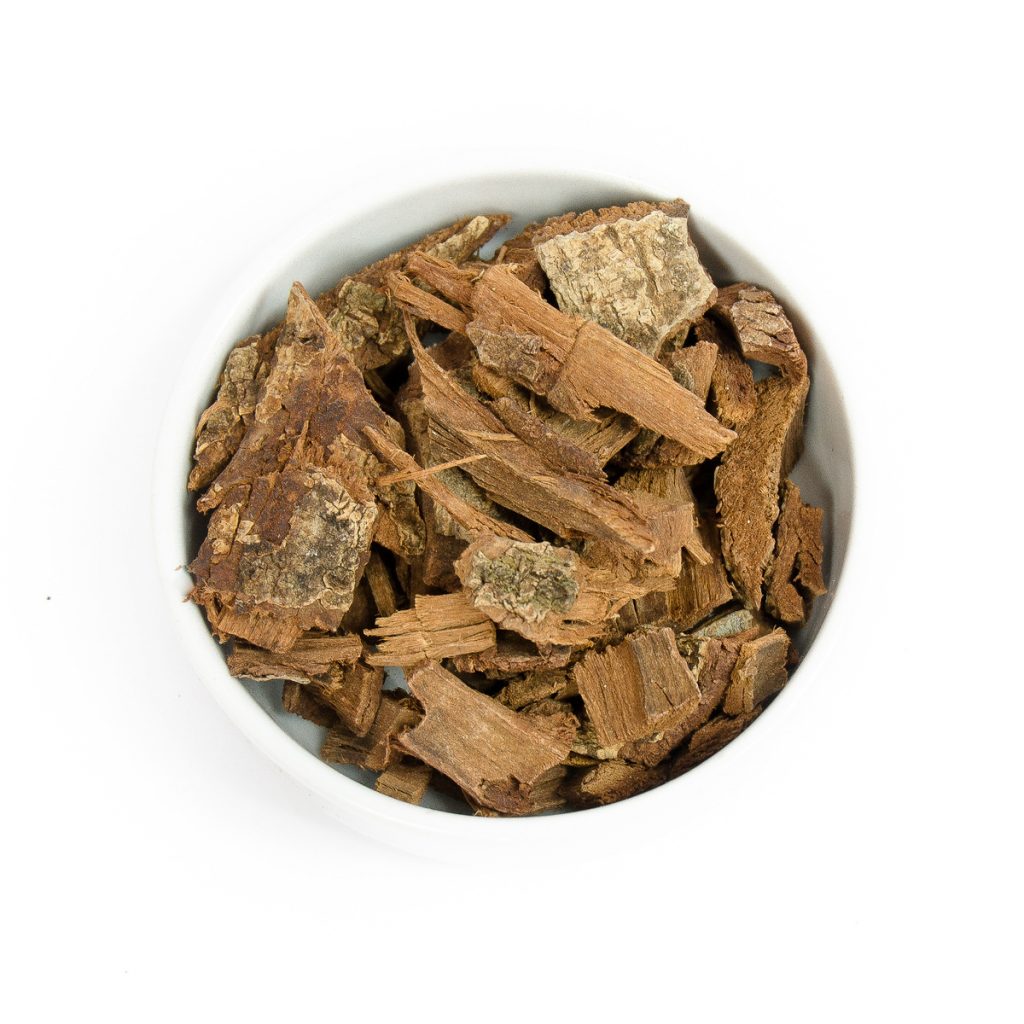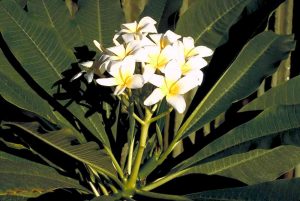Characteristics of Agoniada
- Dried bark
- Natural product
- Up to 2 years shelf life
- Ships within 24 business hours
- Over 20,000 orders shipped
- 30 days for returns

The Plant
From the Apocynaceae family, agoniada is also known as agonia, arapou, arapuê, and tapioca1. It is a plant native to Goiás, in the center of Brazil. Also widely cultivated in the south of the country, its preferred habitat for growth is along the edge of the Serra do Mar. The plant has long leaves, with equally long roots, and can reach up to eight meters high during its growing season. With white flowers and a very sturdy stem, agoniada is a rich source of substances that aid in speedy recovery. With a rather bitter taste, it may be unpleasant to its users. However, the benefits of this plant are much more pleasant than its taste. The agoniada tree, which can reach up to 20 meters in height, provides bitter bark that is as useful as the plant’s leaves.
How to Make Agoniada Tea
The bark of the tree for homemade tea is also available for sale, which makes it much easier for those who want to consume the plant this way. Agoniada tea should be made with 20 grams of dried leaves in one liter of boiling water. The infusion should be prepared with the heat turned off and then kept covered. Before consuming, it is recommended to let it rest for 10 minutes with the lid still on. After this period, strain the tea. The tea should be consumed three to four cups daily and sweetened moderately to taste with sugar or sweeteners. The consumption recommendation is based on its traditional use.












